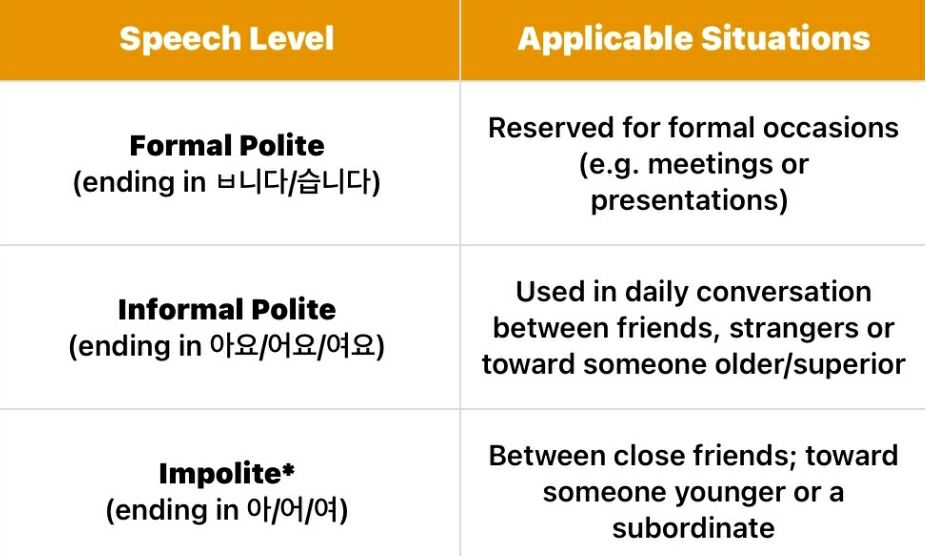| 𝟎𝟖

─────────────────────
Basics Of Hangul
─────────────────────
Sunday, 24th October 2021
History of Hangul
Koreans use their own unique alphabet called Hangul. It is considered to be one of the most efficient alphabets in the world and has garnered unanimous praise from language experts for its scientific design and excellence.
Hangul was created under King Sejong during the Chosun Dynasty (1393-1910). In 1446, the first Korean alphabet was proclaimed under the original name Hunmin Chong-um, which literally meant "the correct sounds for the instruction of the people."

King Sejong, the creator of Hangul, is considered to be one of the greatest rulers in the history of Korea. Highly respected for his benevolent disposition and diligence, King Sejong was also a passionate scholar whose knowledge and natural talent in all fields of study astounded even the most learned experts. Before the introduction of Hangul, Korea primarily used Hanja (한자, Chinese characters) along with a clumsy combination of various phonetic writing systems developed over the years.
A Korean syllable is divided into three parts: Ch'osong (initial consonant), chungsong (peak vowel), and Chongsong (final consonant). This is the basic framework that King Sejong and the Chiphyonjon scholars adhered to when creating the letters. Chongsong was not separately created and was a repetition of the ch'osong. Therefore, Hangul is the consonants and vowels.
The Korean language has a well-developed and expansive vocabulary, and therefore, it is very difficult to express fully in a foreign letters.
Important points to remember ::
Before we start learning the alphabet, let's go through these important points.
1. A quick intro to Korean nouns
Unlike nouns in roman languages, nouns in Korean:
do not use definite or indefinite articles like "a/an/the";
do not have grammatical gender;
can be singular or plural, so the exact translation of a Korean noun varies with the context.
2. Sentence word order
A basic Korean sentence follows the Subject-Object-Verb order.
For example, to say "I learn Korean", the structure is

3. Spacing in sentences
In written Korean, we put spaces between parts of speech, namely elements like subjects, objects, verbs. The rule of thumb is to put spaces between words, except between a word and a particle, such as 저는.
4. Speech levels
A Korean can convey different levels of formality to his/her audience by changing the sentence endings. It's an important characteristic of the Korean language.
Officially, there are 7 speech levels, but we will only learn the most commonly used three: Formal Polite, Informal Polite and Impolite (impolite doesn't actually mean rude)

We will learn them in depth later.
─────────────────────
The Luna Community
Bạn đang đọc truyện trên: AzTruyen.Top